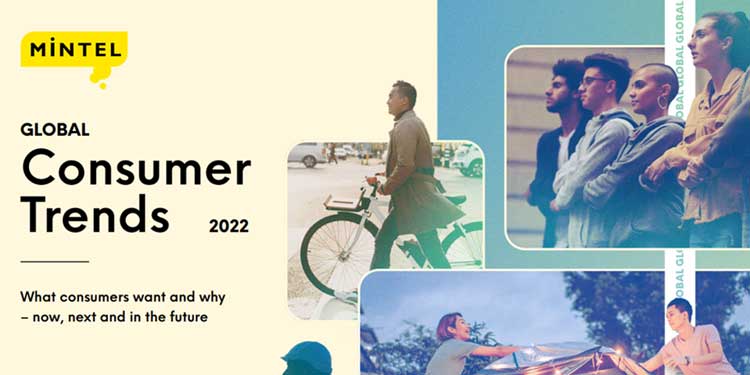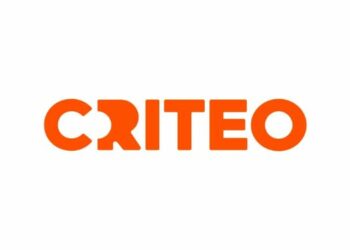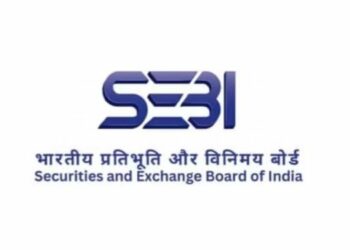Mumbai: Mintel, the experts in what consumers want and why, has announced three trends set to impact global consumer markets in 2022, including analysis, insights, and recommendations centered around consumer behavior, market shifts, innovative brands, and opportunities for companies and brands to act on in the next 12 months:
In Control: In times of uncertainty, consumers crave a sense of control over their lives. Brands can deliver the information and options that consumers need to feel like they’re in the driver’s seat.
Enjoyment Everywhere: Having endured lockdown, consumers are eager to break out of their confines and explore, play, and embrace novel experiences, both virtually and in the ‘real’, physical world.
Ethics Check: While many brands have made their voices heard on controversial topics, consumers want to see measurable progress against their goals.
Matthew Crabbe, Director of Mintel Trends, APAC, comments on how the trends were developed, as well as how they will impact markets, brands, and consumers in 2022 and beyond:
“As experts in what consumers want and why we’re best suited to accurately predict the future of consumer behavior and what that means for brands. In 2019, we took a bold, new approach to predict the future of global consumer markets and expanded our outlook to 10 years. Mintel’s 2030 Global Consumer Trends – known as the seven Mintel Trend Drivers – were developed as a living, growing prediction model that will adapt to the unforeseen. As the COVID-19 pandemic unfolded, impacting nearly every industry worldwide, our consumer expertise and prediction model meant we were well placed to analyze how it would impact markets. Not only did our 2030 predictions hold true, but the pandemic accelerated many of the shifts we foresaw.”
“Looking ahead to 2022, our trend analysis and prediction research are grounded by observations of the seven Trend Drivers over the last 18 months and backed by Mintel’s robust consumer and market data, predictive analytics, action-oriented insights, and expert recommendations. We put everything into context to better understand what it means for—and how it could inspire—our clients’ business decisions across industries, categories and demographics, and amid global themes and times of uncertainty.”
In Control
“Feelings of precariousness and financial insecurity both created and exaggerated, by the pandemic mean that consumers are looking for a sense of control over every aspect of their lives. But misinformation is making it harder to carry out the necessary research to make informed decisions. Consumers need clarity, transparency, flexibility, and options to make decisions that suit their individual changing needs and circumstances.”
“Brands will need to work harder to deliver reliable information and balance censorship and authenticity. The race for the fastest delivery will evolve to focus on being more flexible, giving consumers more control over when products arrive to fit around their schedules or to match their other specific needs. Consumers’ desire to know potential outcomes will manifest in the development of predictive technologies that can anticipate adverse events. From diseases to likely death dates to relationship outcomes using compatibility profiles, technology will evolve to grant consumers the power to plan with peace of mind.”
Ethics Check
“Consumer demand for, and expectations of, brands’ ethical commitments are evolving. They have moved beyond simply wanting brands to ‘be ethical’ and are demanding to see measurable, transparent, and consistent actions from those they choose to support. Consumers will look beyond a brand’s achievements and strengths; businesses will need to be transparent about their weaknesses, too, where, and why they fail and how they plan to address these issues in future.”
“All the transparency in the world doesn’t necessarily help consumers to understand the impact of a brand, which is why it’s key to use metrics that accurately reflect the problems brands are trying to solve. If a company isn’t properly measuring what they aim to fix or change, it’s difficult to determine whether progress is being made, let alone communicate that progress in a way that consumers will understand.” Concluded Matthew.
















